US Army manual FM 27-10 containing the rules of land warfare. This manual contains all of the rules of war, according to the various Geneva Conventions that are applicable at the time of its printing. The National WWII Museum, 2011.542.051.
Name, rank, and serial number: the classic response under interrogation of anyone captured during war—in a movie. Often depicted as the soldier’s only honorable answer, delivered with a resolute declaration and a certain amount of plucky attitude, this has been used time and time again in movies. Like many scenarios depicted on the silver screen, this response is grounded in truth, but has been slightly twisted to better fit the drama. In reality, when captured, the presentation of your real name, rank, and serial number is a requirement of Article 5 of the July 27, 1929 Geneva Convention. That being said, it is the only information a prisoner is obligated to give.
The rules regarding the humane treatment of prisoners of war during World War II were developed at the 1929 Geneva Convention. This was one in a series of conventions that over decades created the official rules of war, often referred to with the all-encompassing term “The Geneva Convention.” In this sense the rules of war are not dictums to fight by. These are rules intended to protect innocents, wounded, prisoners of war, and even combatants, and are agreed upon by a group of nations. Unwritten or agreed upon rules of war have always existed, but they were often tailored to the needs or desires of a nation or state. These rules almost always came at the expense of the combatants. Wounded left on the battlefield, prisoners treated poorly or used as hostages, and summary executions by battlefield commanders were common.
The story of the modern rules of war began on the fields surrounding the Italian village of Solferino. In June 1859, the allied forces of France and the Kingdom of Sardinia fought against Austria in the Second Italian War of Independence. Over 300,000 men clashed on the hills and villages of the Italian countryside, leaving tens of thousands of dead and wounded scattered across the battlefield. A Swiss businessman named Henri Dunant happened to arrive the day of the battle, intending to pay a business visit to the French Emperor Napoleon III. Instead, Dunant witnessed the dead and wounded left on the battlefield and was moved to action. He worked to get the local population mobilized to assist the wounded, regardless of their nationality. After the battle he self-published a book, called A Memory of Solferino (1862), and began to advocate for a group that would care for soldiers wounded in battle. His work, and his book, were assessed by the Geneva Society for Public Welfare, where he was invited to participate in a five person committee that established the International Committee of the Red Cross.
Jean Henri Dunant one of the founding members of the International Committee of the Red Cross. This photo was taken decades after his experiences at the Battle of Solferino inspired him to push for a humanitarian relief agency to help soldiers wounded in battle, leading to the founding of the Red Cross. Courtesy of the Library of Congress.
From its beginnings the Red Cross operated as a coordinator for various national relief agencies that were organized in each country. The Red Cross also pushed for nations to adopt standardized rules for the care and protection of the wounded. With each conflict the agreements changed with the times, evolving beyond care for the wounded, and eventually forming the “official” rules of war. For the generation that fought World War II, the most influential conventions were the 1899 Hague Convention, the 1907 Hague Convention, and the 1929 Geneva Convention.
The 1899 and 1907 Hague Conventions formed the rules of land warfare that were applicable to World War I. The section on prisoners in each convention devotes 16 articles to the protections and rights of captured military personnel. In regards to prisoners, the two agreements changed very little, likely owing to a merciful lack of a major armed conflict between 1899 and 1907. The articles are laid out in a logical manner that states the rights of the prisoners and the nation or state that captured them. Prisoners are required to be properly quartered, fed, paid, allowed to mail letters, and disciplined according to the standards of the military forces of the capturing country. These articles also address complex issues such as religious freedom, using prisoners as labor, legal wills of deceased prisoners, and the returning or trade of prisoners under a parole system. Of particular note is Article 9 in the 1899 Hague Convention,
“Every prisoner of war is bound to give, if he is questioned on the subject, his true name and rank, and if he infringes this rule, he is liable to have the advantages given to prisoners of his class curtailed.”
Eleven years after the end of World War I, a convention was called to revise the previous rules of war with special attention given to the rules regarding prisoners of war. The 1929 Convention replaced and built on the 1907 Convention. All of the basic principles remained intact, even using the same language. The major difference was the clarification of those basic rights. Instead of 16 articles, the 1929 convention lists 97 articles directly related to prisoners of war. A good example of changes made in the new revision is Article 5, “Every prisoner of war is bound to give, if he is questioned on the subject, his true name and rank, or else his regimental number. If he infringes this rule, he is liable to have the advantages given to prisoners of his class curtailed. No coercion may be used on prisoners to secure information relative to the condition of their army or country. Prisoners who refuse to answer may not be threatened, insulted, or exposed to unpleasant or disadvantageous treatment of any kind whatever. If, because of his physical or mental condition, a prisoner is unable to identify himself, he shall be turned over to the medical corps.”
This is a sizeable expansion of the same right dictated in the 1907 convention. Each of the foundational principles were expanded on in a very similar way, with additional language or new articles added for each subsection. After the delegates signed the 1929 Geneva Convention, it was sent to the signing nations for ratification. Once approved, the newest set of the rules of war went into effect on June 19, 1931.
American Red Cross workers wave to repatriated allied soldiers aboard the MS Gripsholm. The Gripsholm was a neutral ship, with an all Swiss crew, that made Red Cross supply deliveries and prisoner exchanges between waring nations in accordance with the 1929 Geneva Conventions. US Army Photo.
By the time of American entry into World War II, 41 nations had ratified the 1929 Geneva Convention. It is true that these conventions did improve conditions for prisoners of war compared to World War I, but certainly not all of them. Enforcement was very difficult and not every nation signed or ratified it. Most notably, Japan signed but never adopted the Conventions, purposefully mistreating prisoners for the duration of the war. Many belligerents kept up the image of compliance for propaganda reasons, when in reality they were in constant violation of these basic agreed-upon rights.
In addition to inspiring a classic movie moment, the Geneva Conventions present living documents that are still applicable today in a never-ending battle to bring some sense of compassion to armed conflict. Work continued on refinements after World War II, including a major convention in 1949 that is still in use today.
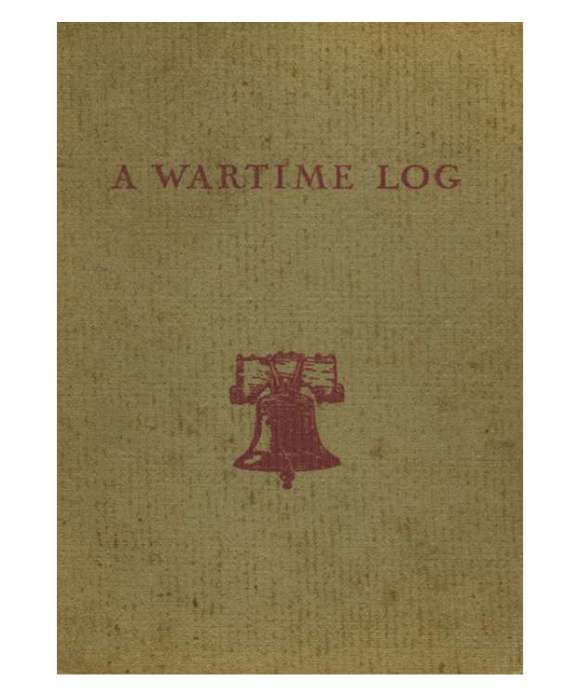
Curator's Pick: Gifts from the "Geneva Man"
Diaries provided by the Red Cross and the YMCA occupied many long hours of those held in German POW camps. Assistant Director for Curatorial Service Kimberly Guise discusses how the Museum’s collection of this surprising genre has grown substantially over the last 20 years of the Museum’s life.
Joshua Schick
Cite this article:
MLA Citation:
APA Citation:
Chicago Style Citation:
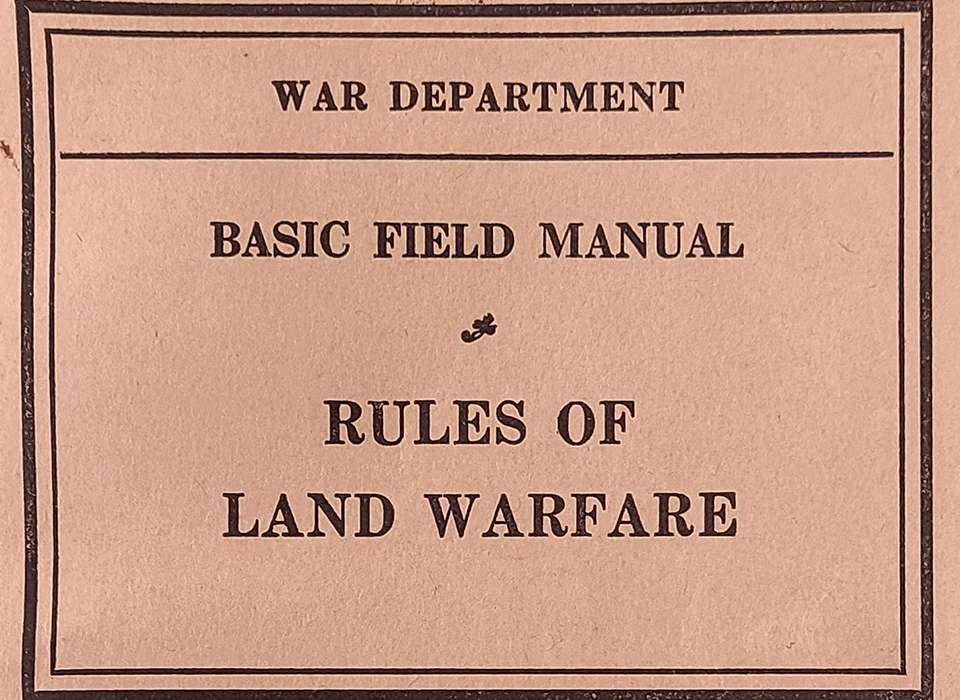
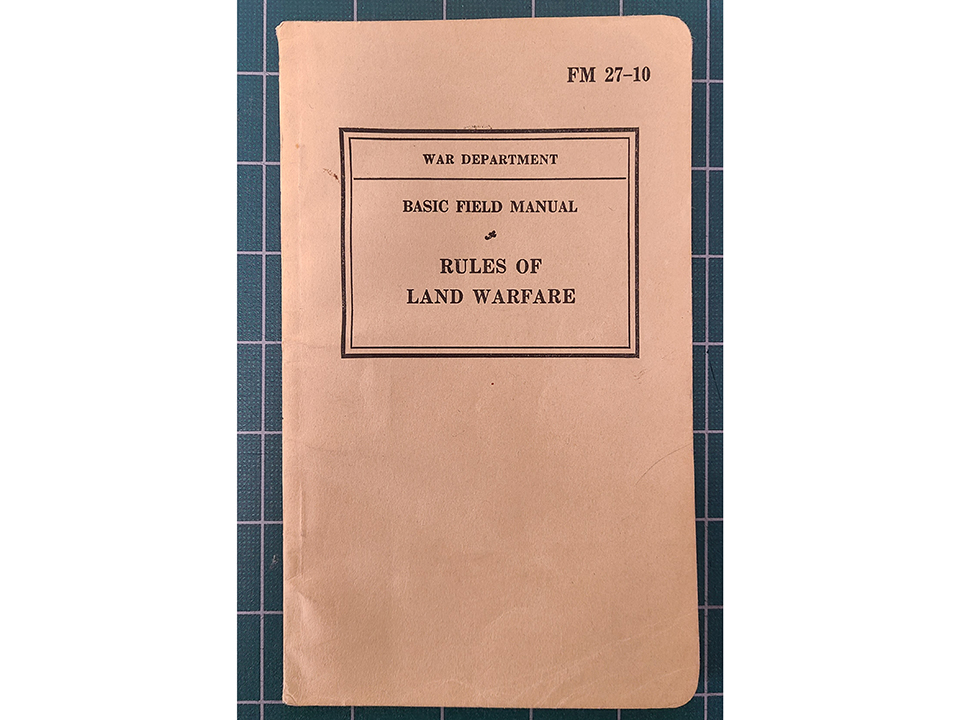
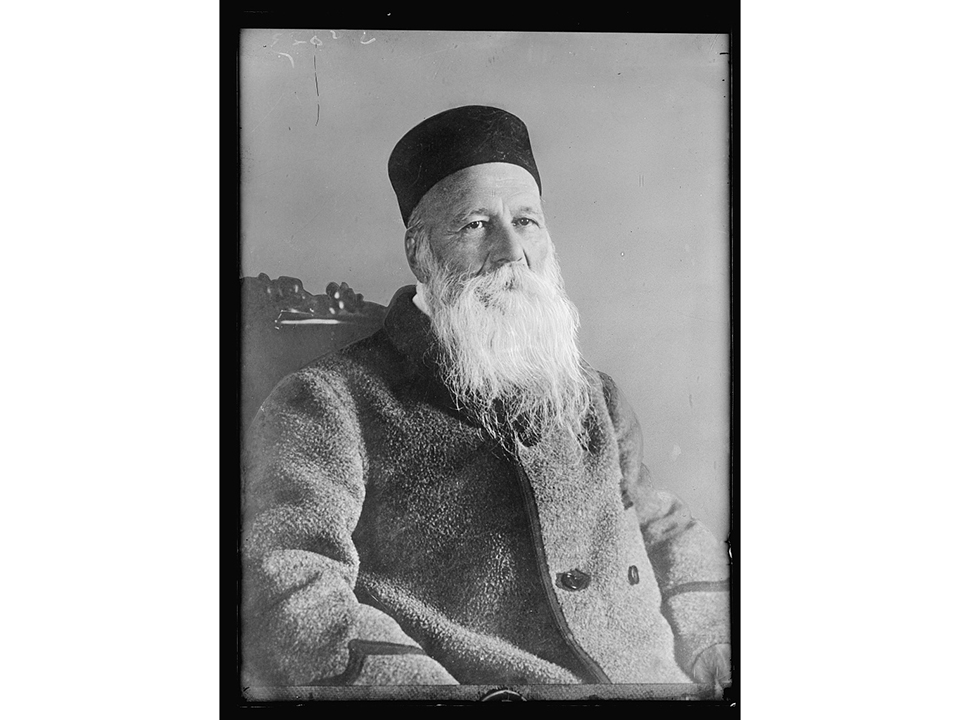
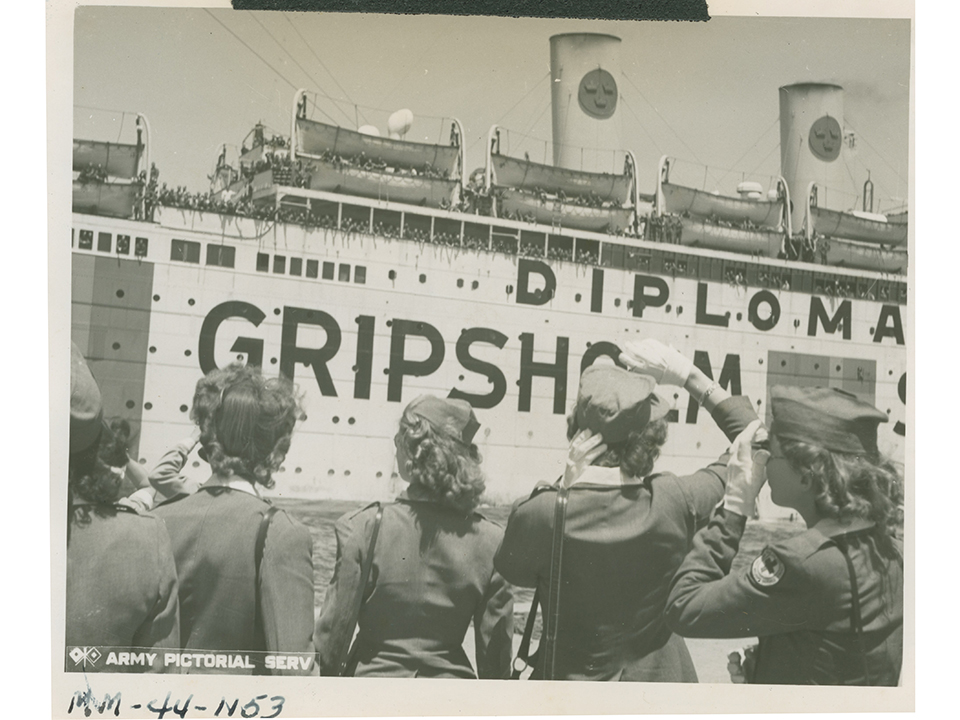

![Max Fuchs, New York City cantor, sings as Rabbi Sydney [sic] Lefkowitz, Richmond, VA, conducts the first Jewish services from Germany.](/sites/default/files/styles/max_650x650/public/2025-10/image1.jpg)






